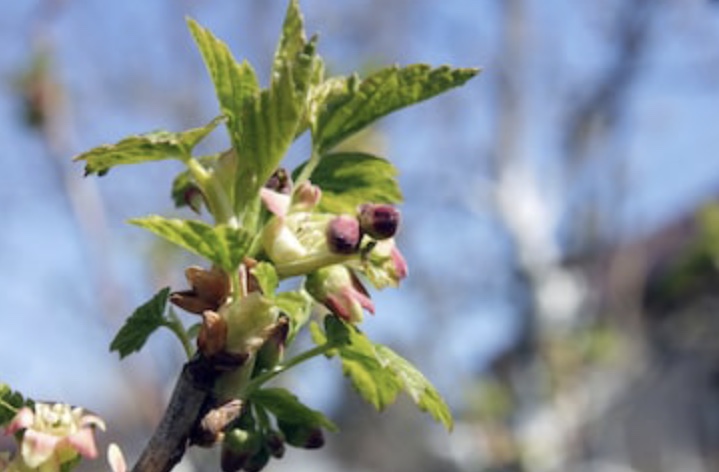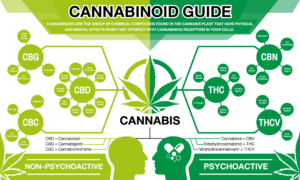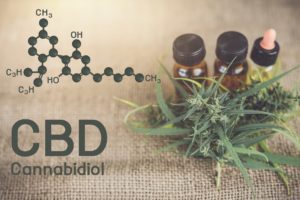
Ever wondered about “ Cannabis glossary”
Here is a list of some from a vast array, which is constantly growing !
Bud
Bud is a synonym for the flower of the mature marijuana plant. They are the actual nuggets that you grind up and smoke. Buds are the part of the marijuana plant that contain the cannabinoids including THC, CBD, CBG, and THCV.
Budtender
This is a term meant to refer to a person working for a cannabis clinic and gives advice on what are the uses and effects of prescribed cannabis, which is very similar to that of a dispensing pharmacist. This term has come into existence as a mix of two words, namely, buds and bartenders, therefore signifying the “tending of cannabis buds.” it has become a recognized word in the English language, per Merriam – Webster dictionary from the year 2018. One of the main skills of budtenders is their ability to stay up-to-date in this field, and offer a friendly and supportive role, to customers.
Cannabinoids
The chemical compounds found in the Cannabis plant offer a variety of health benefits. Cannabinoids are a large class of compounds that act on the brain’s cannabinoid receptors in cells that repress neurotransmitter release. Tetrahydrocannabinol, or THC, is the most well-known cannabinoid due to its euphoric and psychoactive effects on your body (i.e.; the “high”). THC can alter behavior, consciousness, mood and perception. Most health benefits of marijuana are associated with the cannabidiol cannabinoid, known as CBD. Marijuana products are often enhanced with CBD to provide more potent effects.
Cannabidiol
Also known as CBD, cannabidiol is one of over 60 molecules called cannabinoids found in the marijuana plant. In recent years, CBD has become very popular for its many medical benefits and can help treat nausea, cancer, arthritis, seizures, pain and many other ailments and conditions. Unlike THC, CBD has no psychoactive properties and is therefore very useful for those who want the medical benefits of marijuana but not the “high”. Cannabidiol can be extracted from the marijuana plant and can be processed into a variety of different medications including topicals, oils, and tinctures. There are also a variety of high CBD marijuana strains that contain small levels of THC, which will greatly reduce the psychoactive effects when consumed. If interested in high CBD strains a few are Charlotte’s Web, R4, Harlequin, Sour Tsunami, and Pennywise.
Cotton mouth
Cotton mouth is one of the annoying, but mainly harmless side effects of marijuana. When high, the mouth becomes abnormally dry, similar to someone shoving a fistful of cotton balls in your mouth then asking you to lick envelopes. A simple solution to cotton mouth is eating candy or chewing gum.
Dry sieve hash
Dry sieve hash (or dry sift) is made via an automated extraction method that splits trichomes (the parts of the plant that carry the majority of cannabinoids (THC, CBD, etc.) from the marijuana plant, most typically with a mesh screen. Many believe that this process creates extremely high-quality concentrates, but it usually falls short to hash oil or water hash, in regards to purity levels.
Edibles
Edibles are marijuana-infused products that are consumed orally, versus smoking flower or concentrate. Some of the more common forms of edibles include baked goods (like brownies and cookies) and candy (like chocolate, gummies and lollipops), but can also be found in coffee, beef jerky, soda and more. Eating an edible is different from smoking bud because it’s being digested versus inhaled, which often results in a more intense and elongated high.
Flowers
The flowers of a cannabis plant refer to the hairy, often sticky bud or parts of the plant that are harvested and used to consume in a variety of marijuana products. Technically speaking, they’re the reproductive organs of the plant and when fertilized by a male plant, seeds will be produced.
Green out
A green out is like an alcohol-induced blackout, but in reference to consuming too much cannabis, usually through edibles or potent dabs. Although people new to cannabis are most often to experience this because they don’t know their limits, greening out can happen to anyone. It often will involve a range of uncomfortable feelings like blurry vision, nausea, paranoia, and loss of balance or hearing.
Hash/Hash Oil
Hash or hashish is the gathering of trichomes via a dry sieve or water extraction method, which end product can be pressed and ultimately consumed. This powder is potent, as trichomes contain high levels of cannabinoids (typically THC or CBD), the active part of the cannabis plant. Countries like Afghanistan are known for their hash processes that allow the product to burn more effectively. Hash oil or “honey oil” is a comparable product that’s created through a solvent-based chemical process.
Indica
Indica is one of the three classifications of cannabis, alongside sativa and ruderalis. Compared to a sativa plant, Indica plants are smaller, broader and produce more bud. The majority of indicas will offer the user a very relaxing body high, which can help some people with chronic pain, anxiety, insomnia and more. Having originated in Asia and the Middle East, this popular species includes some of the more famous kush strains like Bubba Kush and OG Kush.
Jelly hash
Jelly hash is a potent mixture of bubble hash/water hash and hash oil. Because a user is consuming two varying types of extracts, its effects are especially powerful and particularly helpful for patients undergoing chemotherapy or suffering from chronic pain, nausea and much more. It’s made by mixing hash oil with water hash under heat and is known for its jelly-like texture because the oil doesn’t mix well with the water.
Look out for another post with information about more Cannabis terms




